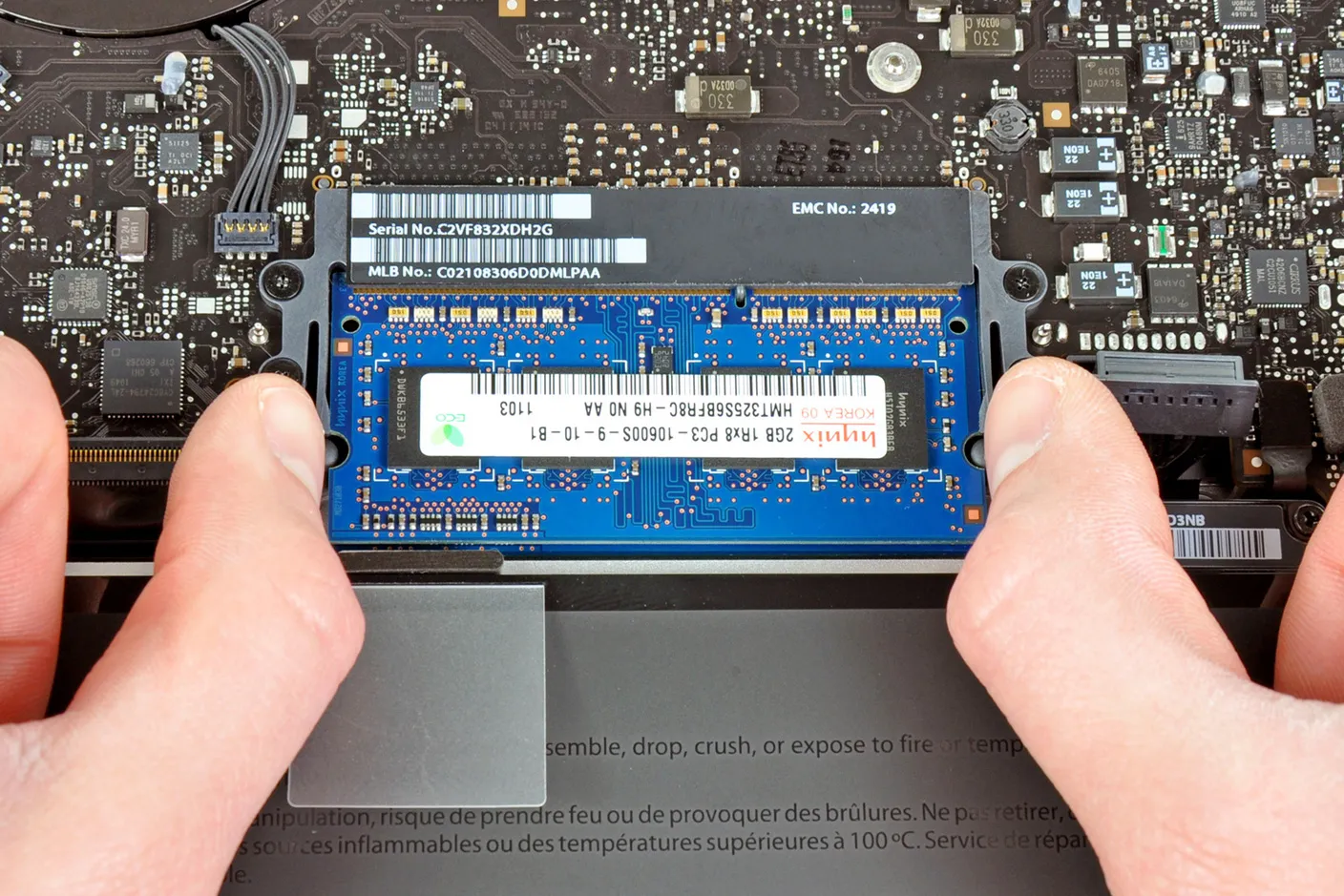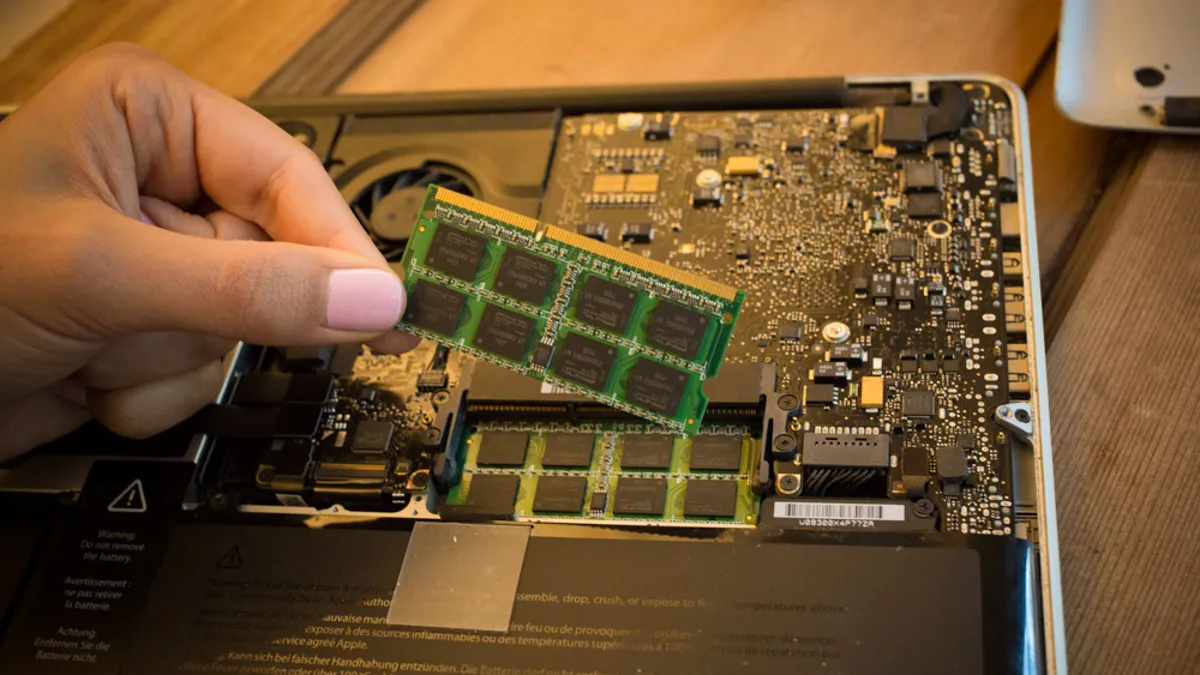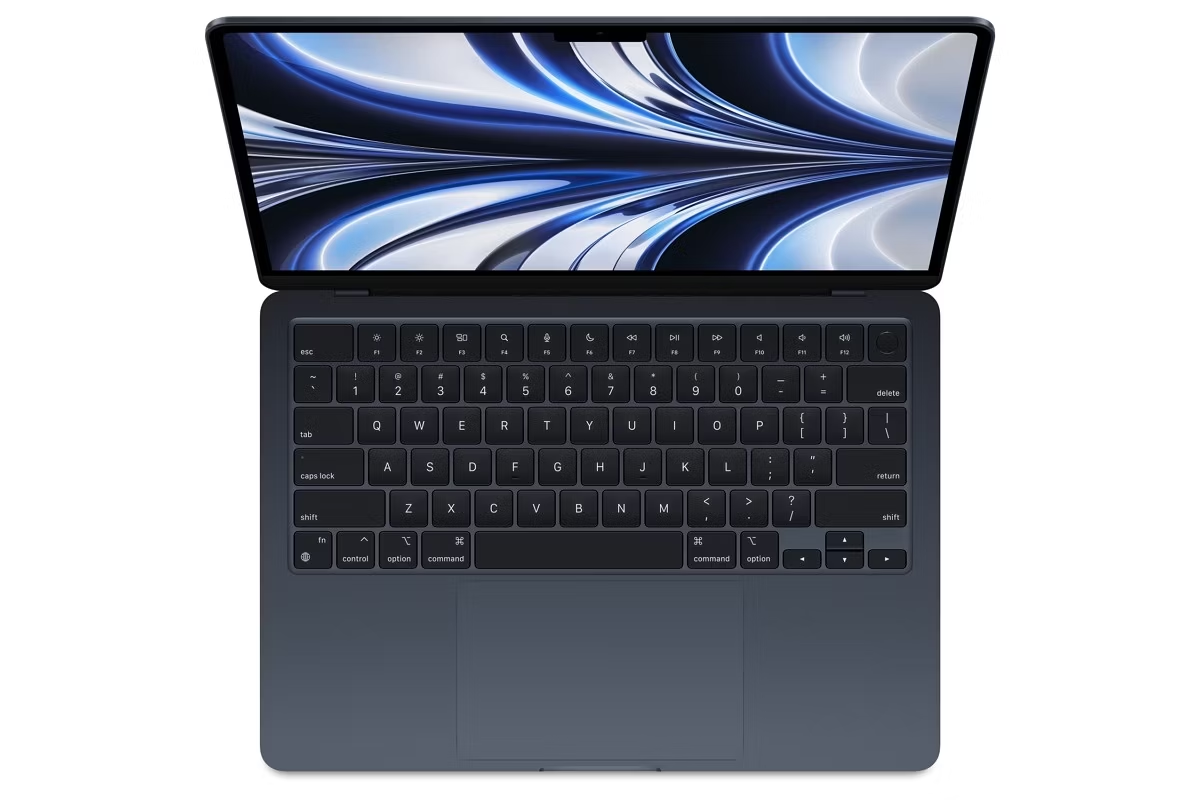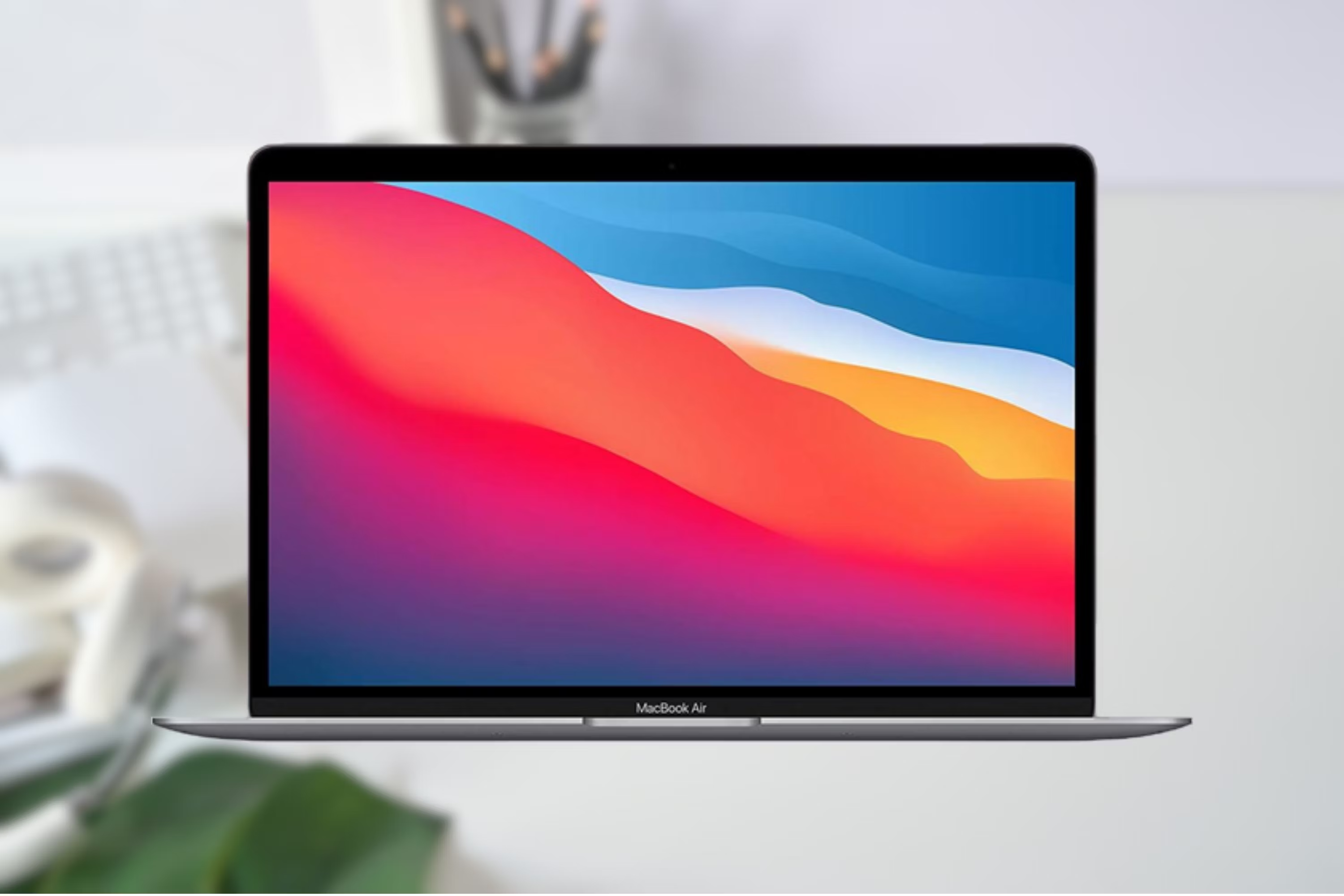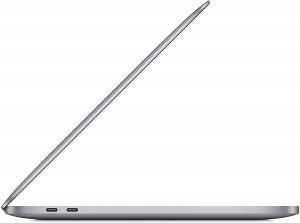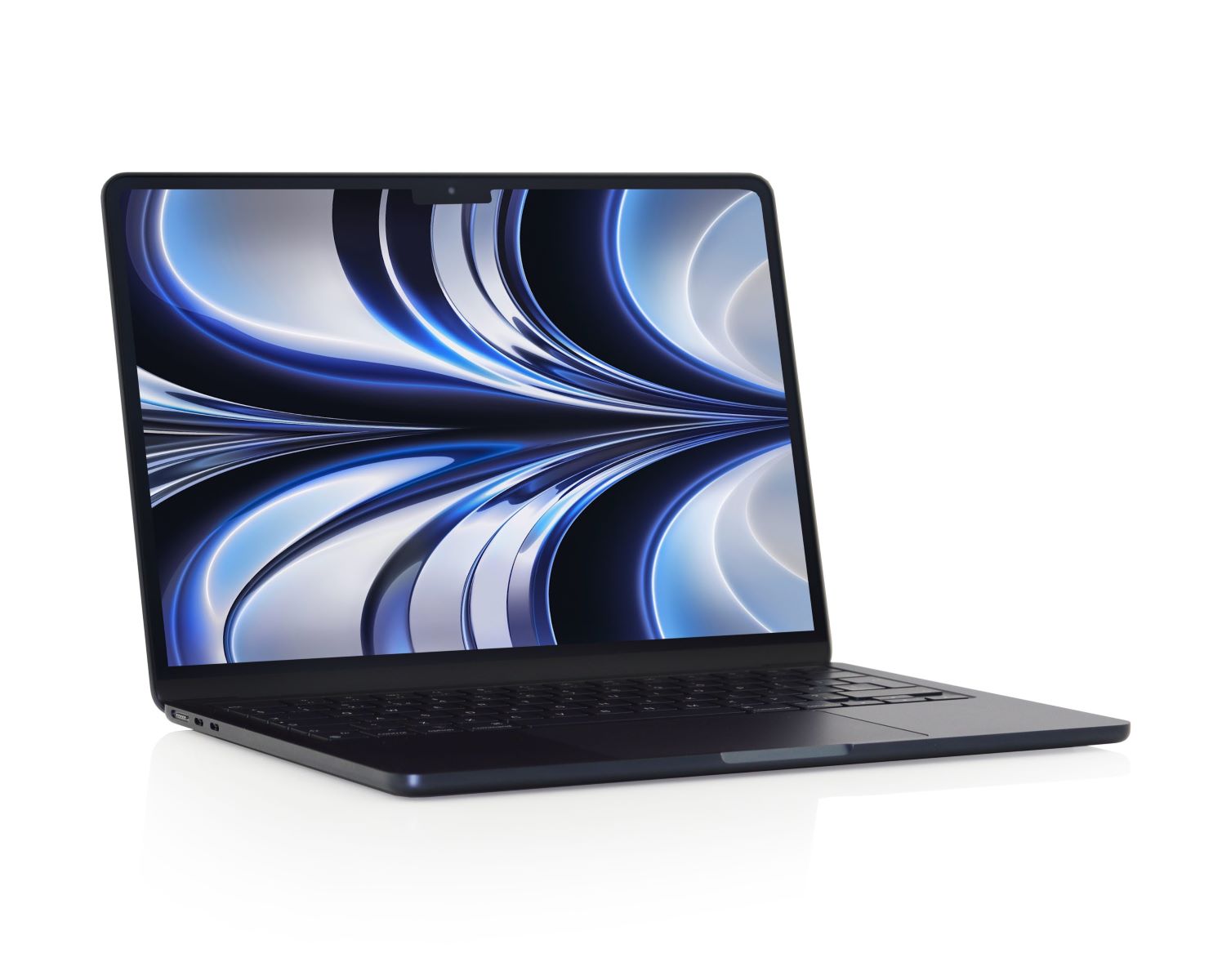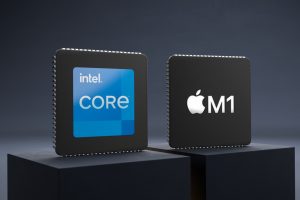Introduction
The MacBook Air, introduced by Apple in 2008, revolutionized the laptop industry with its sleek design and portability. Over the years, this iconic device has undergone numerous updates and improvements, making it a popular choice for professionals, students, and casual users alike. One crucial component that determines the performance of a MacBook Air is its RAM, or Random Access Memory.
RAM plays a vital role in a computer’s overall speed and efficiency. It allows the device to store and access data quickly, enabling smooth multitasking and faster application performance. Similar to a person’s short-term memory, RAM temporarily holds the data and instructions that the device is currently using.
Understanding the RAM capacity of a MacBook Air is important when considering its capabilities and limitations. In this article, we will explore the history of the MacBook Air, delve into what RAM is, examine the RAM configurations in different MacBook Air models, and discuss the possibilities for upgrading the RAM in your MacBook Air.
Whether you are a Mac enthusiast, contemplating purchasing a MacBook Air, or simply curious about its technical specifications, this article will provide you with an in-depth understanding of the RAM capabilities of this sleek and powerful laptop.
History of MacBook Air
The MacBook Air was first introduced by Apple in 2008, making a significant impact on the laptop market. At the time of its release, laptops were generally bulky and heavy, lacking the portability that users desired. The MacBook Air changed the game by offering a thin and lightweight design, aiming to provide users with a sleek and highly portable computing experience.
Steve Jobs, the co-founder of Apple, unveiled the MacBook Air during a keynote presentation. To demonstrate its thinness, he famously pulled the laptop out of a manila envelope, highlighting its slim profile. This innovative design quickly captured the attention of consumers and professionals.
Throughout the years, Apple has continued to refine and improve the MacBook Air, introducing updated models with enhanced features and capabilities. These updates include advancements in processing power, graphical performance, and ultimately, the RAM capacity.
As time went on, the MacBook Air became even more popular, attracting users who valued both style and functionality. Its sleek aluminum unibody construction, coupled with its high-resolution display and long battery life, solidified its reputation as the go-to laptop for those seeking a balance of performance and portability.
The MacBook Air has become a symbol of innovation and represents the epitome of Apple’s commitment to excellence in design and user experience. With each new iteration, Apple has pushed the boundaries of technology, making the MacBook Air an iconic device in the laptop market.
Now that we have delved into the history of the MacBook Air, let us move on to understanding what RAM is and its significance in determining the performance of this remarkable laptop.
What is RAM?
RAM, short for Random Access Memory, is a fundamental component of any computer system, including the MacBook Air. In simple terms, RAM is the computer’s short-term memory, responsible for storing data and instructions that are actively being used by the device.
Unlike the long-term storage provided by a hard drive or solid-state drive (SSD), RAM is a temporary storage solution that allows the computer to access information quickly. It is a vital component for multitasking, as it enables the device to switch between different applications and tasks seamlessly.
Think of RAM as a desk where you work. The larger the desk, the more documents and resources you can lay out and access simultaneously. Similarly, the capacity of the RAM determines how many programs and processes the computer can handle at once without experiencing performance issues.
RAM operates at much higher speeds than traditional storage drives, making it ideal for storing and retrieving data that the computer needs on a frequent basis. This speed advantage helps to improve overall system performance, reducing lag and ensuring smoother operation.
With more RAM, a MacBook Air can handle resource-intensive tasks, such as running complex applications, editing high-resolution images or videos, or even playing graphics-intensive games, without experiencing significant slowdowns. RAM capacity is especially crucial for users who rely on their MacBook Air for demanding tasks and need the device to perform at its peak.
However, it is essential to note that RAM capacity alone does not determine a computer’s performance; other factors, such as the CPU and graphics card, also play significant roles. Nonetheless, having an adequate amount of RAM is a crucial consideration for ensuring a smooth and efficient computing experience on any device, including the MacBook Air.
Now that we have a better understanding of what RAM is and its significance, let’s explore the RAM configurations in different MacBook Air models throughout the years.
RAM in Early MacBook Air Models
When the MacBook Air was first introduced in 2008, it came with a modest RAM capacity compared to other laptops of that era. The original MacBook Air models featured 2 GB of RAM, which was sufficient for basic tasks, such as web browsing, word processing, and light multitasking.
Although 2 GB of RAM may seem sparse by today’s standards, it was a reasonable amount considering the MacBook Air’s focus on portability and energy efficiency. The lower RAM capacity allowed Apple to keep the device slim and lightweight, while still delivering acceptable performance for everyday tasks.
As technology advanced and users’ needs evolved, Apple recognized the demand for increased RAM capacity. Consequently, subsequent iterations of the MacBook Air saw improvements in both processing power and RAM. In 2010, the MacBook Air received a significant update, offering a standard RAM capacity of 4 GB across the lineup.
With this upgrade, users experienced improved performance and the ability to handle more demanding tasks. The enhanced RAM capacity allowed for smoother multitasking, faster application launches, and seamless browsing experiences, making the MacBook Air a more capable device for both personal and professional use.
It is worth noting that earlier MacBook Air models did not offer user-upgradeable RAM. This meant that the RAM capacity at the time of purchase was what users had to work with throughout the lifespan of their device. Consequently, it was essential to carefully consider the RAM configuration at the time of purchase to ensure it met the user’s intended workflow and future requirements.
As newer MacBook Air models were released, Apple continued to prioritize both performance and user flexibility. In upcoming sections, we will explore the RAM configurations in recent MacBook Air models and discuss the possibilities for upgrading the RAM in your MacBook Air.
RAM in Recent MacBook Air Models
In recent years, Apple has further enhanced the MacBook Air line-up by offering more powerful processors and increased RAM capacity, ensuring improved performance for users. Current MacBook Air models come with varying RAM options to cater to different needs and budgets.
As of now, the standard RAM configuration for most MacBook Air models is 8 GB. This capacity provides a significant boost in performance compared to the earlier 2 GB and 4 GB configurations. It allows for smoother multitasking, faster application loading, and improved overall responsiveness.
For users with more demanding work requirements or those who engage in resource-intensive tasks such as video editing, running virtual machines, or 3D rendering, Apple also offers higher RAM options. Depending on the model, these options can range from 16 GB to 32 GB.
The higher RAM configurations provide an additional power boost for users who need to handle complex tasks or run memory-intensive applications. With more RAM, the MacBook Air can efficiently handle large data sets and perform computations with speed and accuracy, resulting in a seamless user experience.
It is important to note that while the RAM capacity in recent MacBook Air models is impressive, it is not user-upgradeable. This means that users need to carefully consider their RAM requirements at the time of purchase to ensure they have enough memory to support their current and future needs.
Although the inability to upgrade RAM may be considered a limitation, Apple’s focus on delivering a slim and lightweight device has resulted in a non-upgradeable design for the MacBook Air. However, by offering higher RAM options, Apple provides users with the flexibility to choose a configuration that best matches their performance needs.
Now that we have explored the RAM configurations available in recent MacBook Air models, let’s discuss the possibilities for upgrading the RAM in your MacBook Air in the next section.
Upgrading RAM in MacBook Air
Unlike some other Apple devices, upgrading the RAM in a MacBook Air is not a user-friendly task. Apple has designed the MacBook Air to be incredibly slim and lightweight, necessitating the use of soldered RAM modules that are not easily accessible or replaceable by the average user.
Therefore, it is important to carefully consider your RAM requirements when purchasing a MacBook Air, as upgrading the RAM after purchase is not a viable option. Take into account your current needs and potential future requirements to ensure you choose a MacBook Air model with a sufficient RAM capacity.
If you find that your current MacBook Air is not meeting your performance needs and you require more RAM, the only viable solution is to purchase a new MacBook Air with the desired RAM configuration.
While the inability to upgrade RAM may be viewed as a limitation, it is worth noting that Apple offers a range of MacBook Air models with varying RAM capacities to suit different user requirements. By carefully assessing your needs and selecting the appropriate model, you can ensure optimal performance without the need for a RAM upgrade in the future.
Additionally, it is essential to consider that in recent years, Apple has optimized the macOS operating system to efficiently utilize the available RAM. This optimization ensures that MacBook Air models with even modest RAM capacities can deliver satisfactory performance for everyday tasks and most professional applications.
To summarize, upgrading the RAM in a MacBook Air is not a feasible option due to limitations in the design and construction of the device. It is important to carefully select a MacBook Air model with the appropriate RAM capacity to match your current needs and potential future requirements.
With the right MacBook Air model and sufficient RAM, you can enjoy a smooth and efficient computing experience, whether you are a student, professional, or casual user.
Conclusion
The MacBook Air has come a long way since its initial release, revolutionizing the laptop industry with its sleek design and portability. Throughout its history, the RAM capacity of MacBook Air models has evolved to meet the increasing demands of users.
RAM, as the device’s short-term memory, plays a crucial role in determining the MacBook Air’s performance. It allows for efficient multitasking, faster application loading, and overall system responsiveness.
In the early MacBook Air models, RAM capacities ranged from 2 GB to 4 GB, providing satisfactory performance for basic tasks. In recent MacBook Air models, the standard RAM configuration is 8 GB, with options to upgrade to higher capacities for users with more demanding workloads.
While the RAM in the MacBook Air is not user-upgradeable, Apple offers a range of models with varying RAM capacities to cater to different user needs. By carefully selecting the appropriate MacBook Air model, users can ensure optimal performance without the need for future RAM upgrades.
Ultimately, the MacBook Air remains a popular choice for those seeking a balance of style, portability, and performance. Its sleek design, high-resolution display, and long battery life combine with its RAM capacity to deliver a seamless user experience.
Whether you are a student, professional, or casual user, the MacBook Air’s RAM capacity plays a vital role in determining its capabilities. By understanding the significance of RAM and making an informed decision when purchasing a MacBook Air, you can ensure that you have a device that meets your current needs and potential future requirements.
Remember, the MacBook Air is more than just a laptop; it is an iconic device that embodies Apple’s commitment to innovation and user experience. With the right MacBook Air model and sufficient RAM, you can enjoy a powerful, efficient, and enjoyable computing experience.







